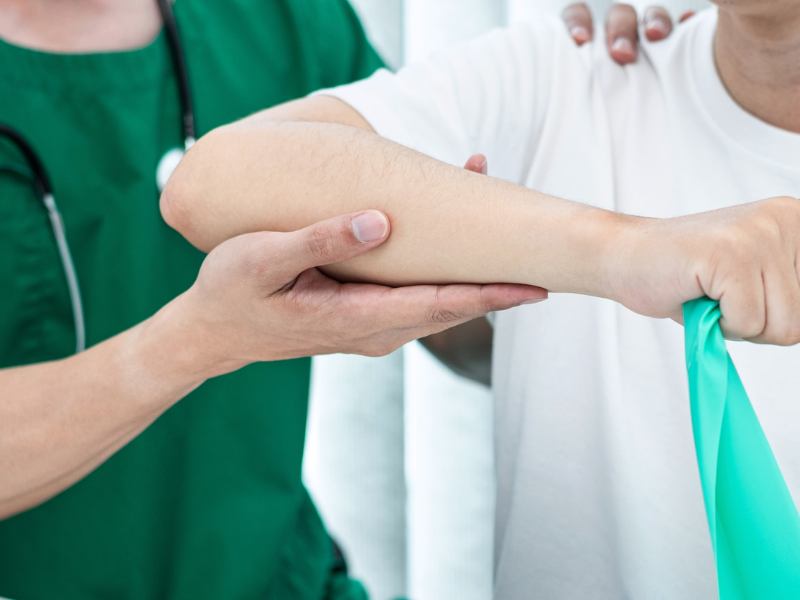Welcome to the Upper Extremity Surgery Center

An Upper Extremity Surgery Center is a specialized medical facility focused on the diagnosis, treatment, and rehabilitation of conditions affecting the upper extremities, including the shoulders, arms, elbows, forearms, wrists, and hands. These centers are staffed by a multidisciplinary team of healthcare professionals who specialize in orthopedic surgery, plastic surgery, hand surgery, and rehabilitation therapy.
Here are some key components of an Upper Extremity Surgery Center:
- Specialized Expertise: The center is staffed by surgeons with specialized training and expertise in treating upper extremity conditions. These may include orthopedic surgeons, hand surgeons, plastic surgeons, and neurosurgeons who are skilled in diagnosing and treating a wide range of conditions, including fractures, dislocations, tendon injuries, nerve injuries, arthritis, and congenital deformities.
- Diagnostic Services: Upper Extremity Surgery Centers offer advanced diagnostic services to assess and diagnose upper extremity conditions accurately. This may include X-rays, MRI (magnetic resonance imaging), CT (computed tomography) scans, ultrasound, electromyography (EMG), and nerve conduction studies to evaluate the extent and severity of injuries or disorders.
- Surgical Procedures: The center performs a variety of surgical procedures to address upper extremity conditions, including:
- Fracture repair
- Joint replacement or reconstruction
- Tendon repair or reconstruction
- Nerve repair or grafting
- Soft tissue reconstruction
- Arthroscopic surgery
- Microvascular surgery
- Peripheral nerve surgery
- Rehabilitation Services: After surgery or injury, rehabilitation is crucial for restoring function and mobility to the upper extremities. Upper Extremity Surgery Centers typically offer comprehensive rehabilitation services, including occupational therapy and physiotherapy, to help patients regain strength, flexibility, and range of motion in their shoulders, arms, elbows, wrists, and hands. Rehabilitation programs are tailored to each patient’s specific needs and may include exercises, manual therapy, splinting, and functional activities.
- Patient Education and Support: Upper Extremity Surgery Centers provide education and support to help patients understand their condition, treatment options, and expectations for recovery. This may include preoperative education, postoperative instructions, and resources to facilitate the rehabilitation process. Additionally, centers may offer support groups, educational materials, and online resources to help patients navigate their treatment journey and connect with others facing similar challenges.
